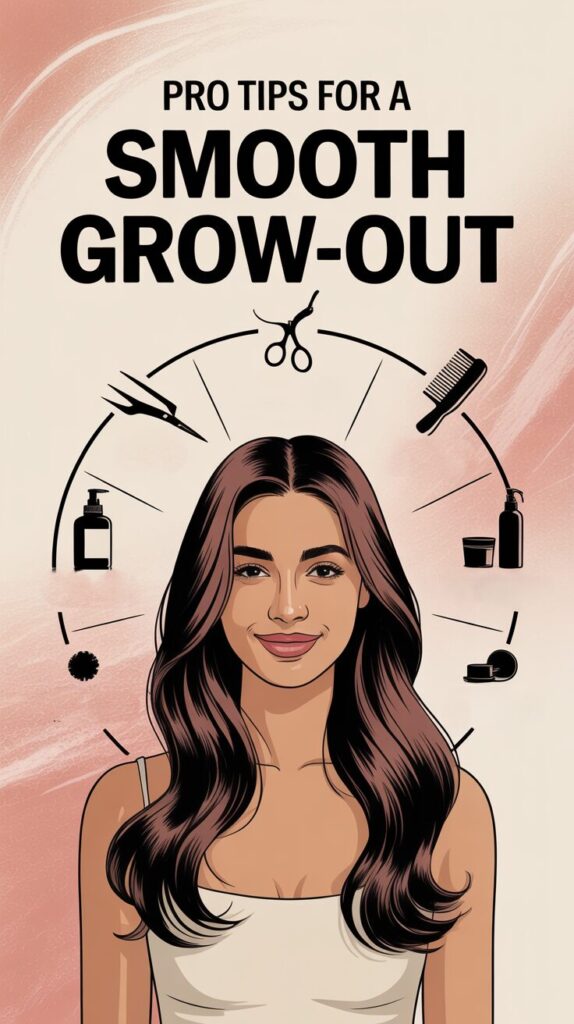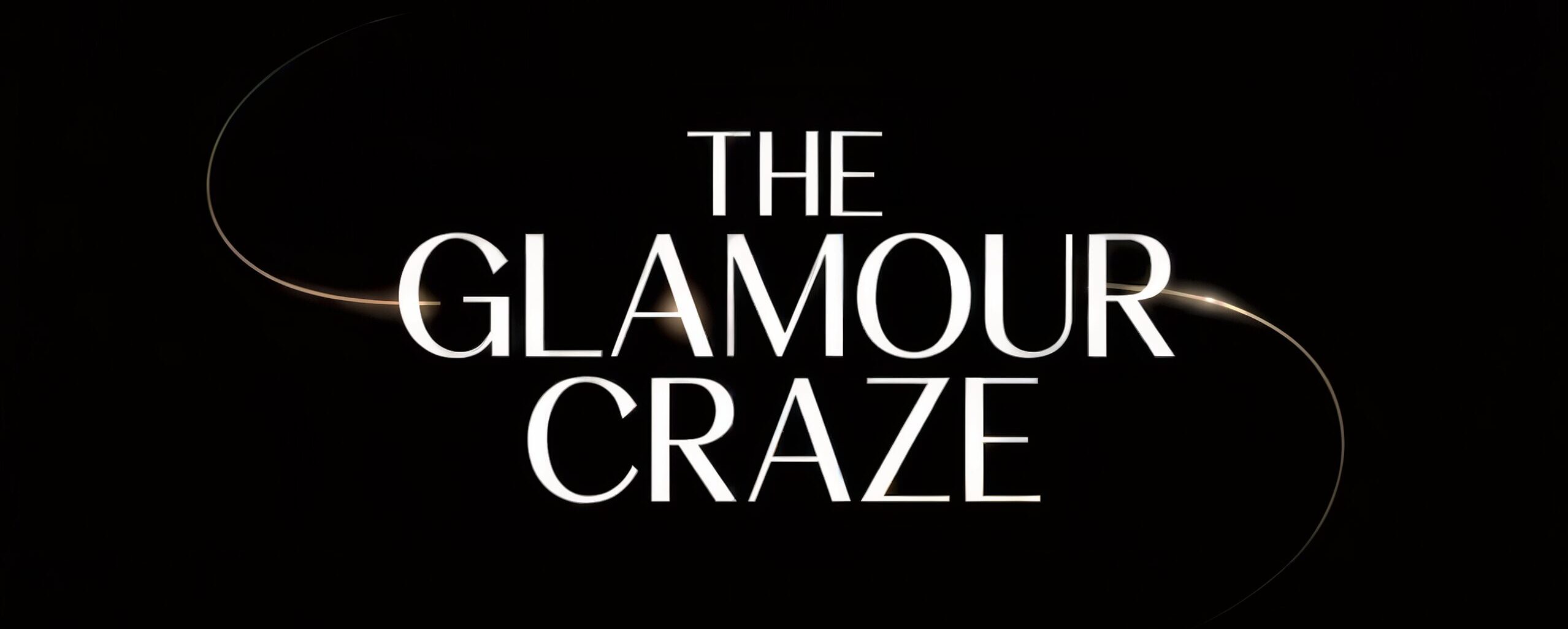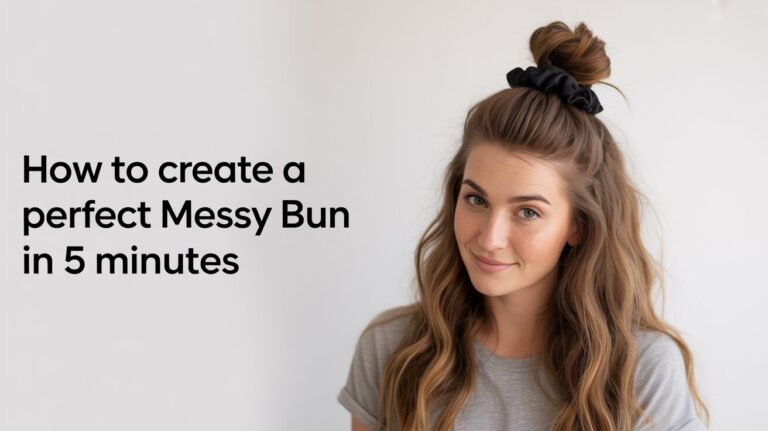A pixie cut is bold, liberating, and beautifully low-maintenance—but growing it out? That’s where the real hair journey begins. As a stylist who’s helped many clients transition from a close crop to longer lengths, I know the challenges (awkward stages, uneven layers, and styling frustration) and the solutions that truly work. With the right strategy, you can transform each phase into a stylish, intentional look. Here’s how to grow out a pixie cut gracefully—without the growing pains.

Why Growing Out a Pixie Can Be Tricky
Short haircuts are designed for precision, so as they grow, they often lose shape. You might notice mullet-like length at the back, heavy sides, or unruly bangs. The secret to a graceful grow-out? Regular trims, proactive styling, and embracing the texture and accessories that make each stage look purposeful, not accidental.
Quick-Reference Table: Pixie Grow-Out Milestones
| Grow-Out Stage | Common Issues | Stylist’s Solution |
|---|---|---|
| 2–3 Months | Uneven sides, heavy crown | Trim nape and sides for shape |
| 4–6 Months | Awkward mullet, flatness | Add layers, consider a shaggy crop or bob |
| 7–9 Months | Bangs in eyes, bulky back | Side-swept fringe, thinning shears for texture |
| 10–12 Months | Near-bob length, flip outs | Shape into a true bob or lob |
Key Strategies for Growing Out a Pixie Cut Gracefully

■ Schedule Regular “Micro-Trims”
Contrary to popular belief, you shouldn’t skip the salon during your grow-out. Trim the nape, ears, and any bulky areas every 6–8 weeks to keep the overall silhouette tidy and intentional. These trims won’t slow growth—they just prevent awkward stages and maintain style.
■ Embrace Strategic Layering
Ask your stylist to add soft, blended layers as your hair gets longer. This minimizes bulk at the crown and sides, helps you avoid a mushroom effect, and keeps your look modern. Layering can transition your pixie into a shag, crop, or early bob with less effort.
■ Get Creative With Styling
- Texturizing Sprays & Pastes: Add separation, volume, and edge to unruly areas.
- Side Parts & Deep Sweeps: Camouflage uneven lengths or grown-out bangs with a dramatic part or swoop.
- Mini Braids or Twists: Great for keeping awkward sections in place and adding interest.
■ Accessorize With Intention
Headbands, scarves, bobby pins, and statement clips aren’t just cute—they’re essential for managing transitional lengths and keeping your style looking purposeful.
■ Mind the Back & Neckline
The nape grows fastest and can turn shaggy quickly. Trimming this area while letting the top and sides grow gives your hair a “pixie bob” shape sooner and avoids the mullet stage.
Icon-Style Box: Pro Tips for a Smooth Grow-Out

■ Invest in a Good Texturizing Product: This makes styling awkward lengths much easier.
■ Switch Up Your Part: Changing the direction of your part can disguise uneven growth and refresh your look.
■ Try Temporary Color: Fun glosses, root touch-ups, or highlights draw attention to style, not length.
■ Be Patient and Flexible: Growth rates vary—focus on health and keep your ends in great condition with regular masks.
■ Consult Your Stylist Regularly: Let them guide the shape and suggest cuts that complement each phase.
Professional Stylist Commentary: What Really Works
Having guided dozens of clients through the grow-out journey, I always recommend approaching each stage as a new style opportunity—not just something to “get through.” The biggest mistakes I see are letting the shape go unmaintained or getting frustrated and chopping it all off again. With the right trims and creativity, the transition can be just as fun as the final goal.
Common Grow-Out Mistakes (And How to Avoid Them)
- Ignoring trims altogether: Leads to messy, undefined shape and split ends.
- Trying to rush the process with extensions: If not professionally done, these can cause breakage.
- Overusing heat or product: Focus on healthy habits to keep new growth strong and shiny.

Table: Best Styles at Each Grow-Out Phase
| Phase | Ideal Transition Style |
|---|---|
| Early Pixie | Choppy, textured crop |
| Mid-Length | Shaggy pixie, layered mini-bob |
| Long Pixie/Bob | Side-parted bob, tousled lob |
Conclusion: Your Pixie Grow-Out, Your Way
Growing out a pixie cut doesn’t have to mean endless awkward stages. With regular trims, clever styling, and a few strategic accessories, you can enjoy every step of the process—transforming challenges into chic, wearable looks. Partner with your stylist, celebrate each milestone, and remember: this journey is just another chapter in your hair story.

